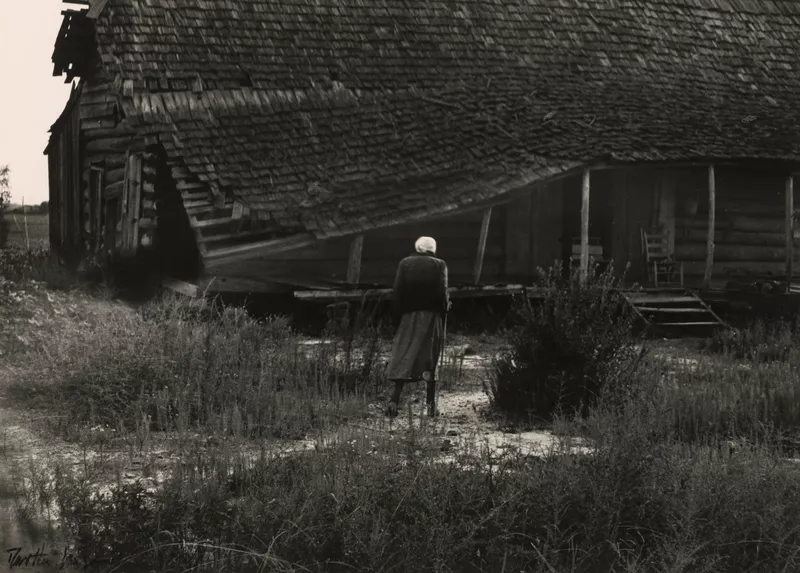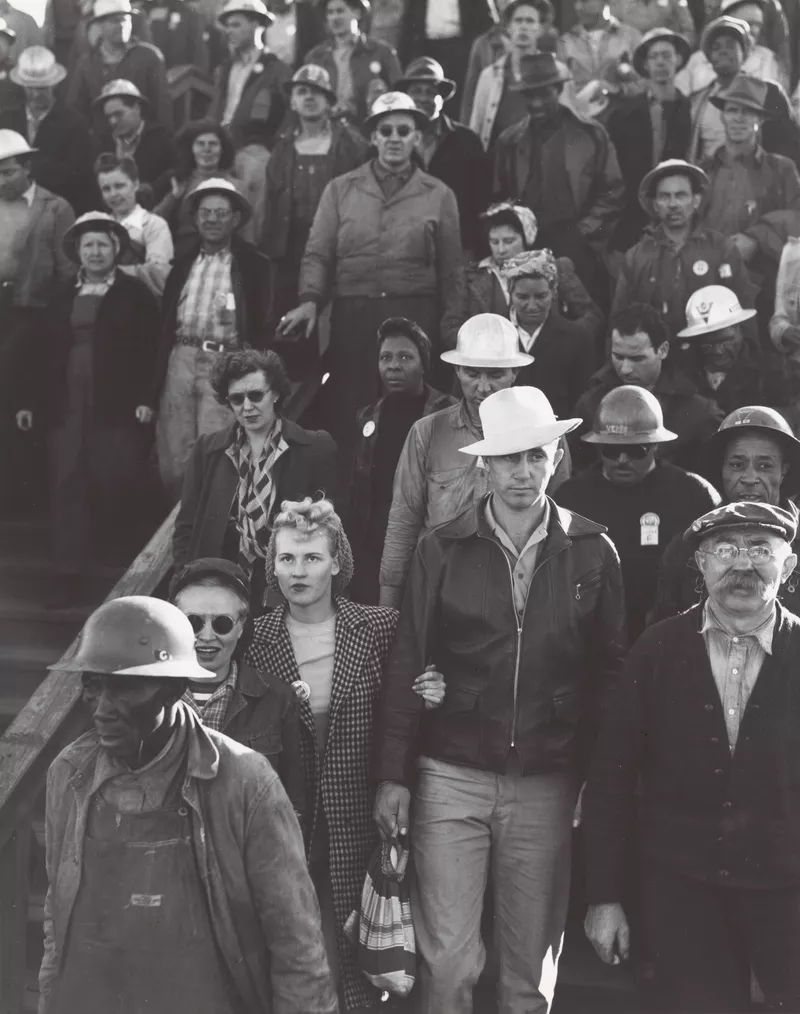
A revolution in photography
The U.S. American Dorothea Lange shaped documentary photography like few others. Her humanistic depictions of Depression-era America were particularly influential. The National Gallery of Art in Washington, D. C., pays tribute to her work in Dorothea Lange: Seeing People beginning Nov. 5.

Dorothea Lange (1895-1965) harbored an early desire to become a photographer. In the 1920s, she ran her own studio in San Francisco, where she took portraits of wealthy people in the best style of pictorialism. This enabled her to become financially independent, a rarity for a woman of her time. In the 1930s, the time of the Great Depression, Lange devoted herself to realistic photography: she documented the everyday life of poor and homeless people, migrant workers, demonstrations: An America in transition after the Depression. Her photographs ensured that misery became nationally known. Her work helped found documentary photography. The National Gallery of Art's exhibition Dorothea Lange: Seeing People features more than 100 of her iconic photographs. The show runs from Nov. 5, 2023, to March 31, 2024, in Washington, D.C.
Lange's illustrations of the mass internment of Japanese living in the U.S. and Americans of Japanese descent beginning in 1942 deserve special attention. About 120,000 people were imprisoned in concentration camps in the Midwest after the U.S. declared war on Japan following the attack on Pearl Harbor. They were officially classified as security risks and were not able to leave the camps until 1946, in some cases without compensation. Few of these images of Lange were published; most were confiscated by the government and stored in the National Archives. It was not until 2006 that they were released to the public.






























